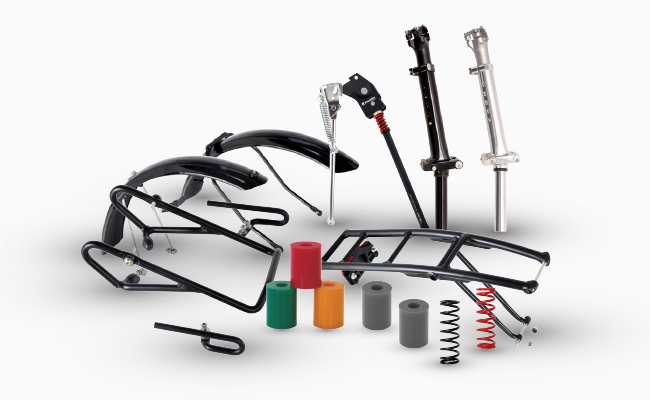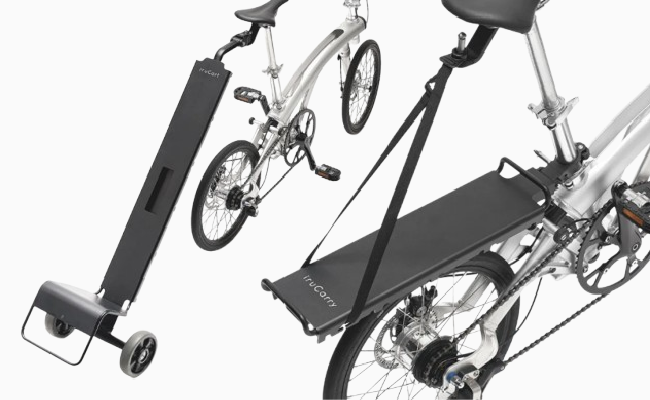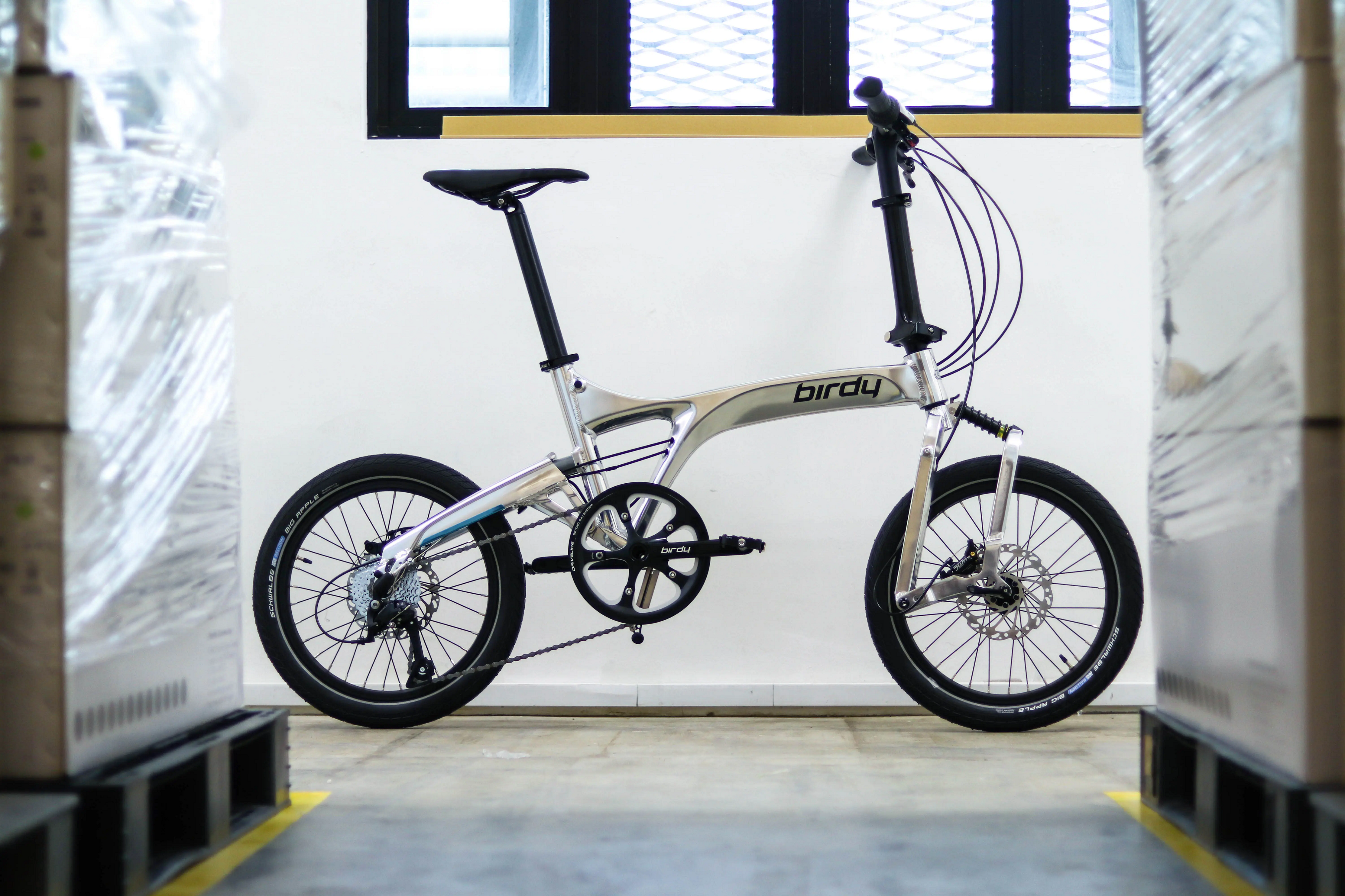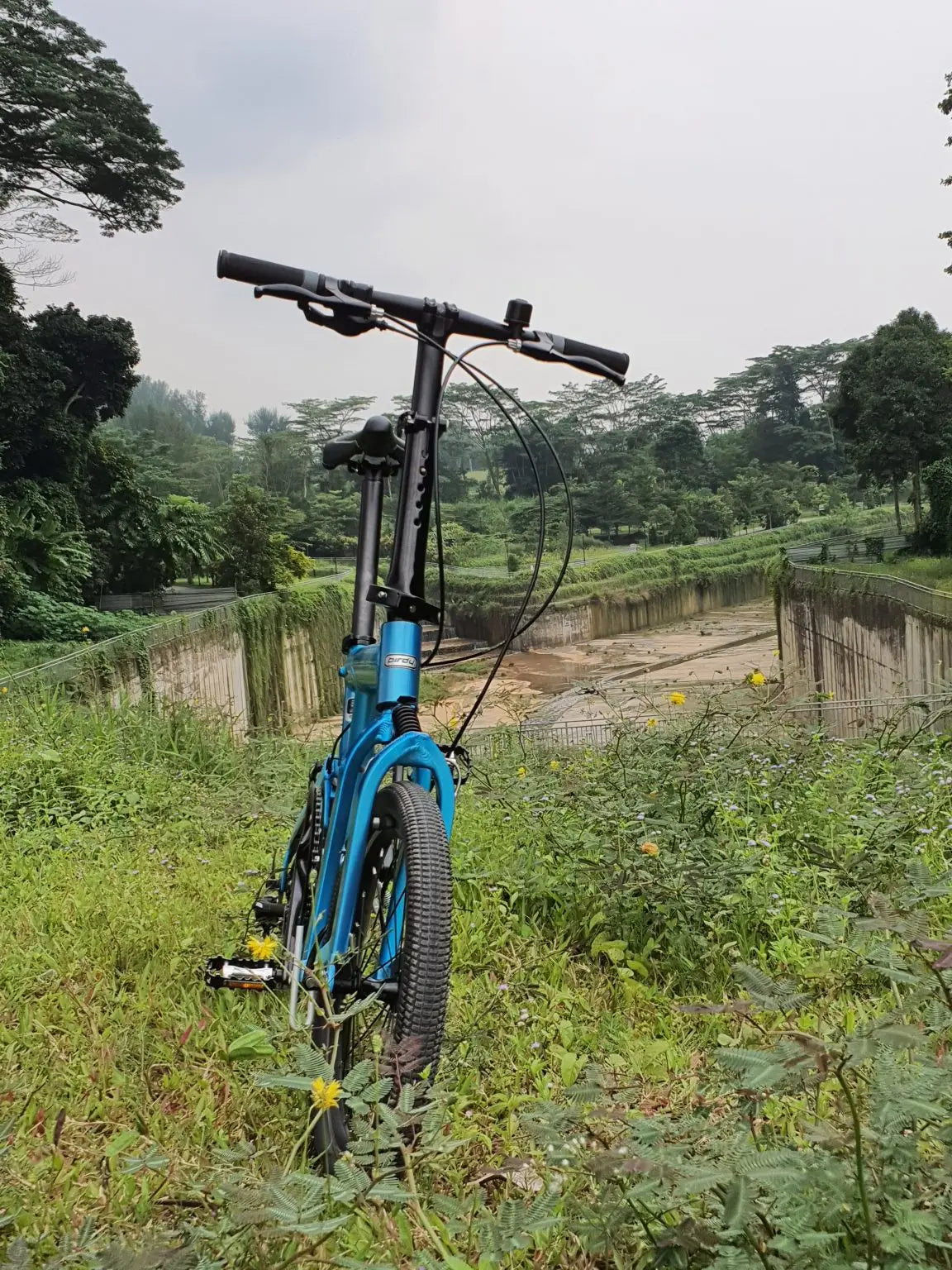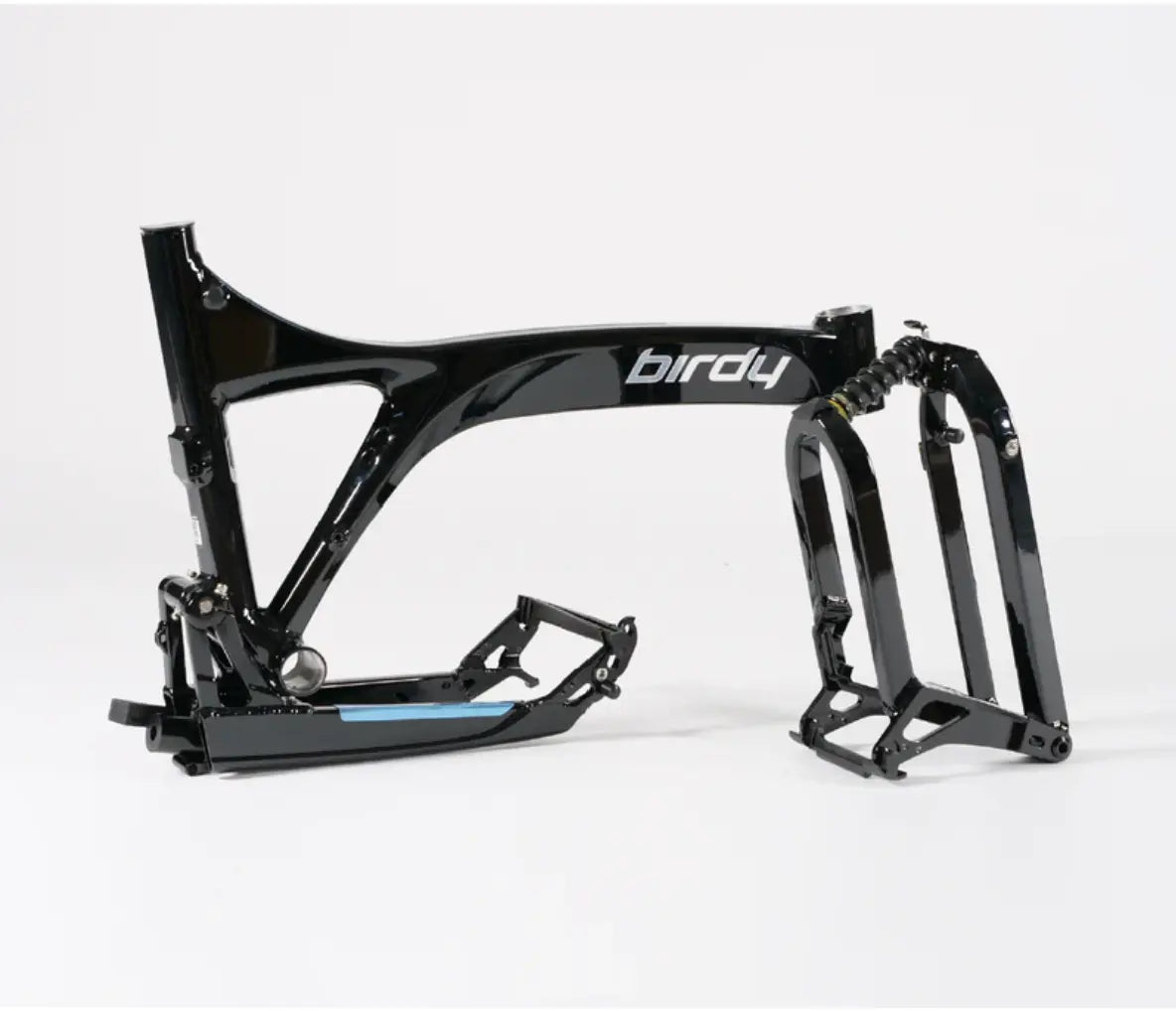
What is a monocoque frame? Why does the Birdy use it?
Introduction
The Birdy folding bicycle is renowned for its monocoque frame, which every model builds its components around. But what exactly is a monocoque frame? What distinguishes it from other types of frames, and what benefits does it offer for bicycles and other vehicles?To answer these questions, we’ll take a look at the history of the monocoque frame and its varied applications. We’ll assess the advantages and disadvantages it provides, and why these may be especially applicable to the Birdy foldable bicycle.
What is a monocoque frame?
It may surprise you to learn that the answer to that question lies within the name itself. “Monocoque” is a French term that literally translates to “single shell”, with “mono” meaning “single” and “coque” meaning “shell”. As the name suggests, a monocoque frame is thus any structure that bears all loads along its skin (or “shell”) rather than having an internal frame keeping the structure intact.Think of an egg shell. It’s the only thing keeping the egg together and whole, and yet the egg remains remarkably durable for its size and the thinness of the shell. That’s because all stresses are distributed evenly along the egg shell, disproportionately increasing its durability.
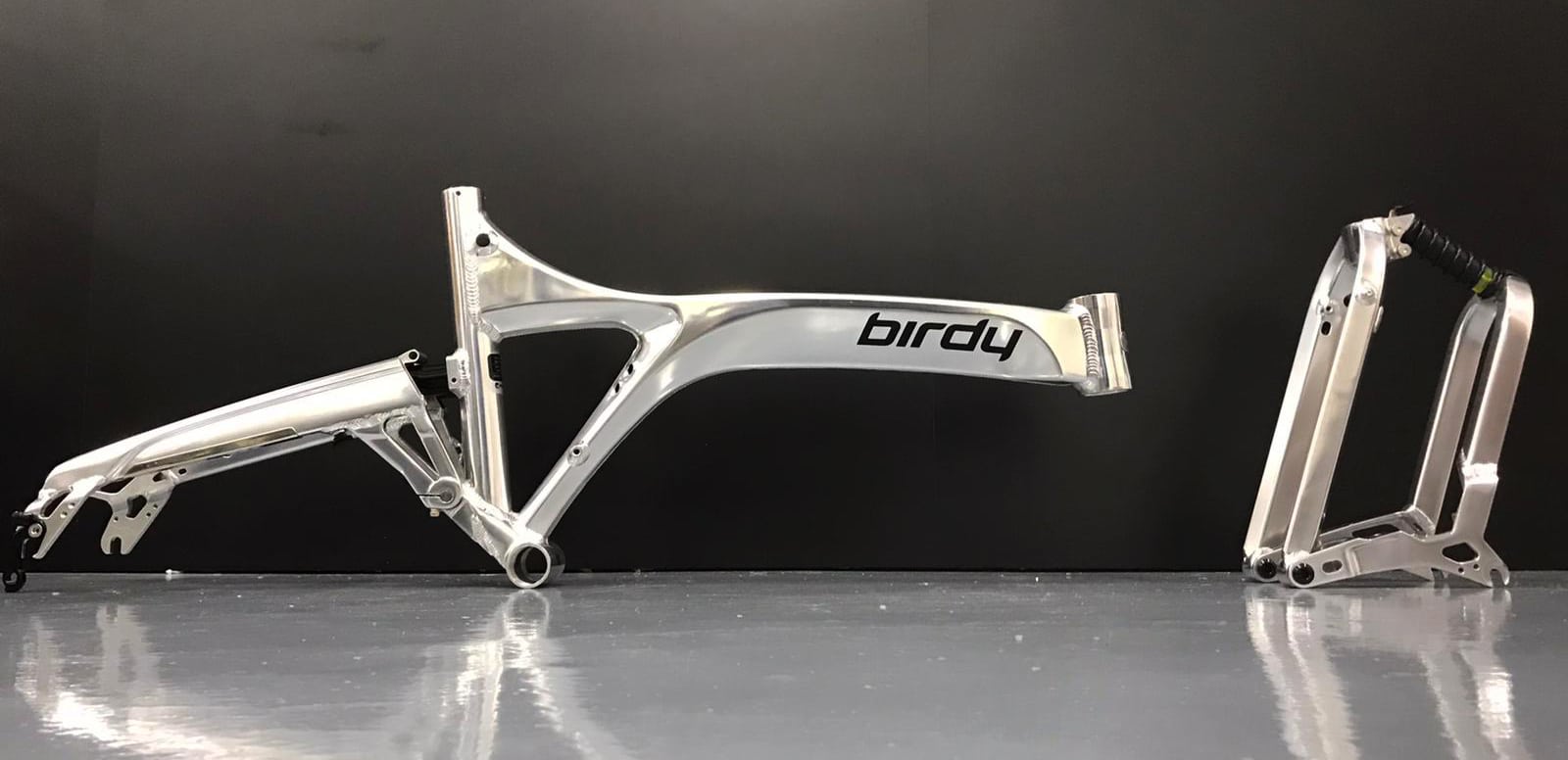
History of the monocoque frame
The history of the monocoque frame as a vehicle design began in the early 1900s, in the aviation industry. Aircraft designers sought ways to reduce weight while maintaining structural integrity. A monocoque design, which would utilize the external skin to bear a significant portion of the load, eliminated the need for an internal framework. This innovation contributed to improved aerodynamics and fuel efficiency.
Back then, these monocoque frames were constructed entirely out of wood. It was the famous aircraft designer Claudius Dornier who first managed to construct metal monocoque shells, an engineering feat that had previously faced major obstacles in the lack of sufficiently strong alloys.
Through the rest of the 20th century, the monocoque frame found more adopters, including the automobile industry. The lightweight and aerodynamic nature of monocoque frames proved to be appealing to race car manufacturers, and the Lotus 25 Formula 1 race car was the first automobile to use a monocoque chassis in 1962. Other manufacturers promptly followed suit.
As technology advanced, monocoque frames made their way into the world of cycling, inspired by single-piece motorbike frames. By the late 20th century, carbon fiber had became a popular material for constructing monocoque bicycle frames.
Limitations of a monocoque frame
Still, monocoque frames remain a minority amongst vehicle designs. Why so? Well, that’s because the design inherently features some traits that may be viewed as disadvantageous or undesirable. Let’s look at them in turn.
Difficulty of production
The intricate manufacturing processes involved in creating monocoque frames can make production more complex. This complexity limits the number of manufacturers with the expertise and equipment to produce high-quality monocoque frames
Cost
The manufacturing processes involved in creating monocoque frames, especially with the advanced lightweight materials that are often required, can be expensive.
Difficulty of repairs
Monocoque frames can be tough and expensive to fix because damage often affects the entire structure, not just a specific part.
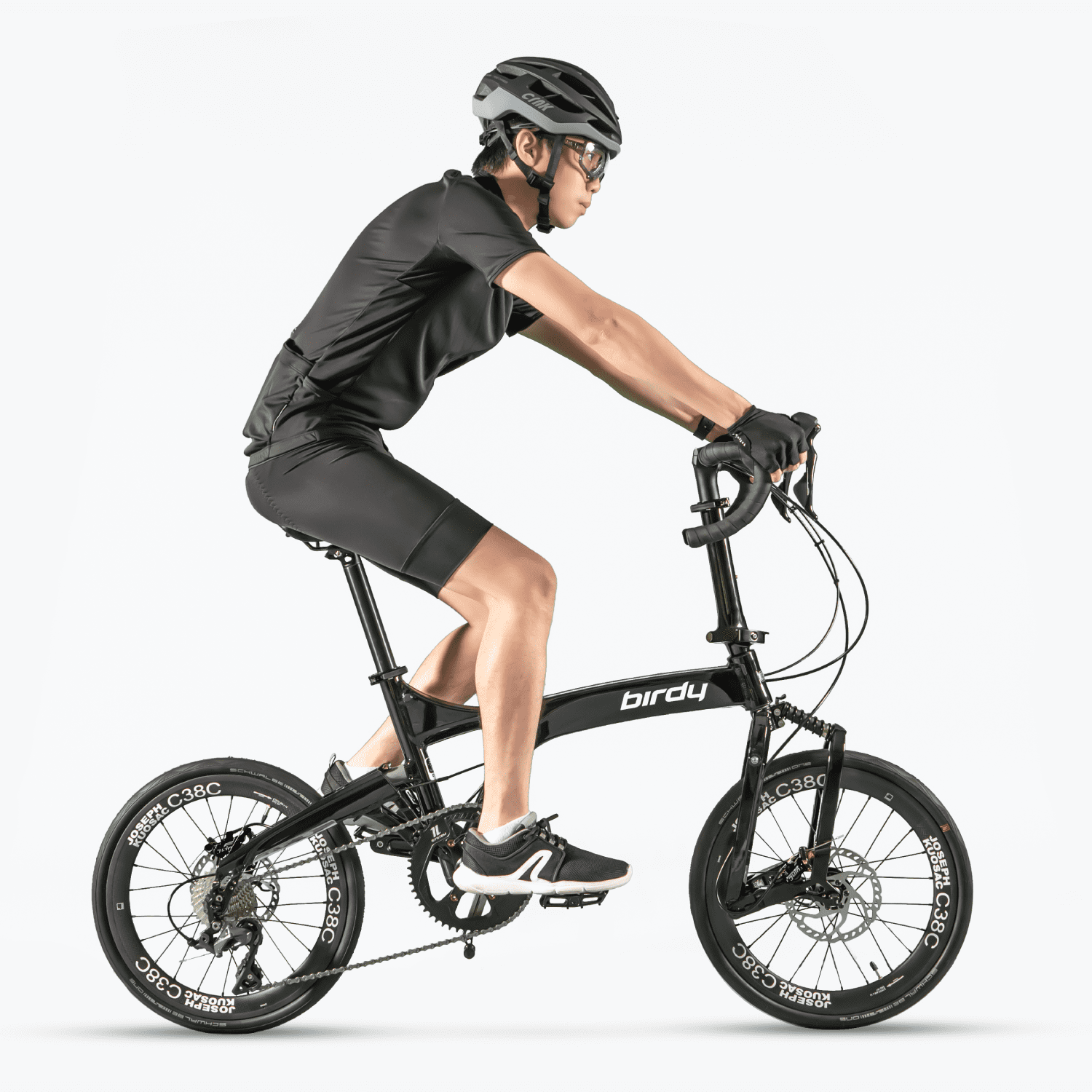
Benefits of a monocoque frame
With all these apparent limitations, why do some vehicle or bicycle manufacturers still swear by monocoque frames? As it turns out, they also feature many unique traits that are invaluable for certain kinds of high-performance vehicles.
Robustness and Weight-efficiency
Monocoque frames, especially when crafted from lightweight materials, can achieve remarkable strength-to-weight ratios, since their structural integrity relies upon their “skin” rather than internal components. This means the body of the vehicle is more resistant to stress and damage while retaining extremely light weights compared to other designs. For cars, they’re more fuel-efficient (due to being lighter) and provide better protection for passengers, while bicycles are more agile, responsive, and capable of faster speeds. For a foldable bike, in particular, this results in a bike that performs well while also being easier to pick up and pack.
Stiffness and rigidity
Monocoque frames often exhibit high levels of stiffness and rigidity. Being a “one-piece” construction and lacking joints results in there being a lack of any structural weak points, since stresses are evenly distributed across the frame. It also results in the frame being stiff and resistant to flexing. Not only does this improve handling, in bicycles, this allows the frame to resist the twisting forces applied to it during pedaling, improving power transfer from the rider to the wheels.
Aesthetics
Last but certainly not least, the integration of the frame and other components in a monocoque design often results in a sleek and minimalist appearance that’s not disrupted by joints or welding points. This aesthetic appeal can be a significant factor for those who value the visual aspect of their vehicles and bicycles. It has certainly contributed to the iconic look of the modern Birdy bicycle.
Conclusion
With these advantages in mind, it’s easy to understand why Birdy bicycles make use of a monocoque main frame. As foldable bikes, they benefit greatly from being lightweight yet robust and durable, and their greater rigidity further improves their handling. Furthermore, their sleek, aerodynamic appearance is also due to the monocoque design of their main frames. Monocoque frames are a crucial aspect of what makes Birdy bikes so great!
Mighty Velo, Singapore’s premier folding bike shop, is the official distributor of Birdy folding bikes in the region.


